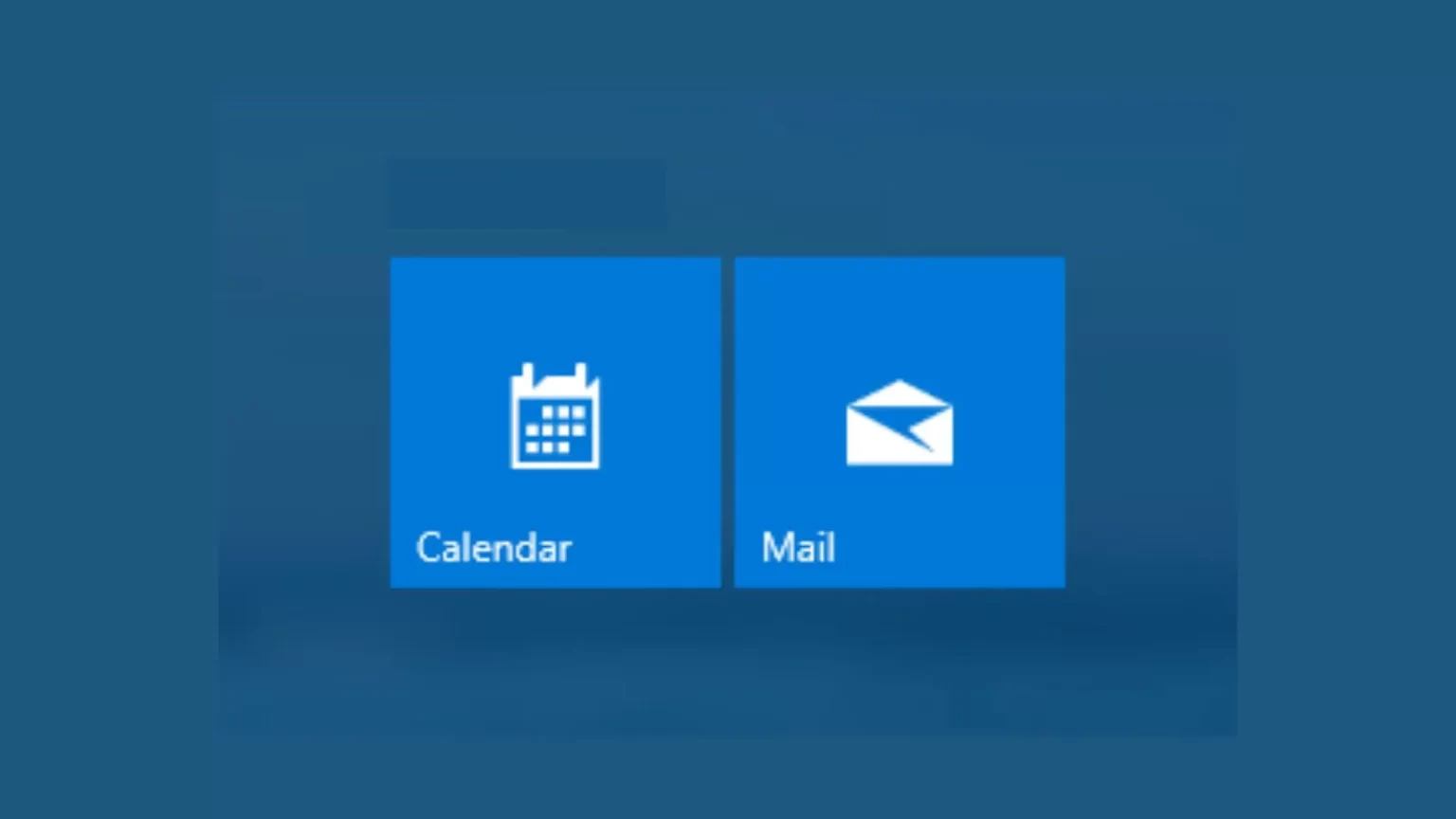In a significant shift for Windows 11 users, Microsoft has announced that it will end support for the Mail, Calendar, and People apps by December 31, 2024. As part of its ongoing efforts to streamline its productivity suite, the company is pushing users to adopt the new Outlook for Windows app, which has been rolling out over the past year.
A Shift Toward Outlook for Windows
The transition to the new Outlook app isn’t sudden; Microsoft has been nudging users of the Mail, Calendar, and People apps to move over to Outlook for Windows in recent months. With the official end of support now set for the end of December, users who haven’t yet made the switch will lose the ability to send and receive emails through the Windows Mail and Calendar apps. This means that after the deadline, users must use the new Outlook for Windows app to manage their emails and schedules.
The new Outlook for Windows app, which was first introduced in 2023, is a web-based version of the traditional desktop Outlook app. It aims to unify the experience across various platforms and integrate more tightly with Microsoft 365 services, providing a streamlined, cloud-connected solution for managing email, calendar events, and contacts.
The End of an Era for Classic Apps
For years, the Mail and Calendar apps in Windows have been the go-to tools for basic email and scheduling on the operating system. However, Microsoft is making a decisive move to consolidate these functions within Outlook, which offers a more powerful and feature-rich environment for handling communications, calendar management, and tasks.
Once the end-of-support date arrives, Microsoft will no longer provide updates, security patches, or bug fixes for the Mail, Calendar, and People apps. As a result, users who continue to rely on these legacy apps after December 31st will be at risk of security vulnerabilities and other issues that will not be addressed.
The Road to a Unified Outlook Experience
The transition to the new Outlook for Windows is part of Microsoft’s broader strategy to unify its productivity tools under a single, consistent platform. The company has made significant progress with this transition in recent months, with the new Outlook app reaching general availability in August 2024. Microsoft has been working to enhance this web-based app, which offers a more modern interface and seamless integration with Microsoft 365’s suite of services, such as Teams, OneDrive, and SharePoint.
This transition to a web-based version of Outlook is also aimed at simplifying the Outlook experience for enterprise customers. Microsoft has already announced that it will provide 12 months’ notice to business customers before it begins moving them away from the desktop version of Outlook. Despite this shift, users with perpetual or subscription-based Outlook licenses will continue to receive support for their desktop versions until at least 2029.
What This Means for Users
For consumers still using the Mail and Calendar apps, the switch to Outlook for Windows might feel like a big change, but Microsoft is betting that the new app will offer a more cohesive and efficient experience. It brings together everything from emails to calendar events and contact management into a single, streamlined interface, with enhanced integration for Microsoft 365 users.
That said, the transition may not be entirely smooth for all users. Those who prefer the simplicity of the old Mail and Calendar apps may find the switch to Outlook a bit overwhelming, especially if they aren’t familiar with its more advanced features. However, Microsoft has made sure that Outlook for Windows is a user-friendly upgrade that should cater to both novice users and power users alike.
For now, if you’re still using the classic Mail and Calendar apps, it’s a good idea to start making the switch to Outlook before the end-of-support deadline. Microsoft has been offering easy migration paths to move email accounts and calendar data from the old apps to the new one, and the company will likely continue to provide guidance for users throughout the transition.
Looking Ahead: A Future Focused on AI and Integration
The transition to Outlook for Windows is only one part of Microsoft’s long-term vision for its productivity suite. As part of this effort, the company has been deeply integrating artificial intelligence (AI) tools across its services, with AI-powered features already making their way into Outlook, Word, and Excel. Microsoft’s goal is to create a more connected, intelligent ecosystem that can anticipate users’ needs and help automate tasks.
As Microsoft continues to refine the Outlook for Windows app and move away from older apps, we can expect more changes in the months ahead. The company is committed to delivering a unified and AI-enhanced experience that will redefine how we manage our emails, calendars, and tasks across devices.
In the meantime, the clock is ticking for users of the Mail, Calendar, and People apps. Make the move to the new Outlook for Windows before December 31st to avoid disruption and ensure continued access to essential features.
